Imagine visiting a foreign country – a place where people don’t speak your language. Imagine trying to have a discussion with them. It can be done. But it certainly isn’t easy.
Language can be a huge barrier to communication and understanding.
That was Howard Long’s predicament. He was trying to communicate with people using a language they didn’t understand. In his case, the language was the old English found in the King James Version of the Bible (KJV). As Long, a Seattle engineer, traveled for his job, he made a point of witnessing to unbelievers about his faith. In so doing, he shared the KJV text. But he was often met with looks of confusion. The KJV just didn’t communicate.
“If we don’t have a satisfactory version,” Long asked his pastor, “why don’t we get one? The people, the ones who believe the Bible is true, the ones who love the Bible, all the evangelical churches should get together. They should get the best scholars they can get, and they should make a good translation of the Bible for our times and for our people.”
Challenged by his pastor to put these words into action, Long began a 10-year quest to find a new Bible translation that would faithfully capture the Word of God in contemporary English for use in personal evangelism. After a great deal of effort, others slowly began to join him, including the Christian Reformed Church and the National Association of Evangelicals.
In response to the growing groundswell of demand for a contemporary English Bible, led by Long, a group of evangelical scholars gathered in 1965 and agreed to begin work on the New International Version of the Bible. Rather than update an existing translation, such as the KJV, they decided to use the very best original Greek, Hebrew, and Aramaic manuscripts of the Bible to produce a new, accurate, contemporary English Bible.
One year later, a gathering of 80 evangelical ministry leaders and scholars endorsed the idea. As a result, the Committee on Bible Translations (CBT) – the self-governing body responsible for the NIV – was formed.
What followed was a painstaking process meant to ensure maximum accuracy and readability. This involved assigning each book of the Bible to a translation team consisting of two translators, two translation consultants and, if necessary, an English style consultant. Another team of five Bible scholars reviewed their work, comparing it to the original biblical text and assessing its readability. Next, each book went to a committee of eight to 12 scholars and was also reviewed by outside critics. And finally, samples were tested by pastors, students and laypeople.
“The New International Version,” says Stephen Paine, retired president of Houghton College, “was based on the idea that the Bible is inerrant. It is the Word of God. Very early in the venture it was said that those who collaborate on this project must be of that mind. They must regard the Bible as the inerrant Word of God.”

In 1968, Biblica joined the project. Known at that time as the New York Bible Society, Biblica became the NIV’s financial sponsor. While this helped ensure that the translation would be completed, it was not a safe or easy decision.
“At times, the work called for sacrifices,” writes Richard Kevin Barnard in his book, “God’s Word in our Language: The Story of the New International Version.” “While it was rewarding, everyone – including the families of the translators – gave up something.”
Members of the CBT took time off from their jobs and leaves of absence from the institutions they worked for in order to focus on the NIV translation. They sacrificed time with their families.
Biblica also made sacrifices. “Bible Society resources continued to dwindle,” says Barnard. To keep the project moving forward, the board of directors decided to sell the Society’s first permanent building: a beautiful, four-story building in Manhattan, affectionately known as “The Bible House.” They then purchased another building in New Jersey and mortgaged it. And still it was not enough.
“When Bible Society staff members resigned or retired,” Barnard writes, “they were not replaced. The remaining staff members joined in the spirit of sacrifice, often doing double duty.”
One of the members of the Society described the situation as “very, very impossible.” Yet they trusted in God and watched as He made a way where there didn’t seem to be a way.

With the help of Zondervan, who became the commercial publisher of the NIV, the first full NIV Bible was published in 1978. It sold out before the one million copy initial print run could be completed.
Since then, translation work has continued. The CBT meets every year to review the text and ensure that the NIV always reflects the very best biblical scholarship, as well as contemporary English.
“The New International Version began as one man’s vision,” explains Barnard. “It became a reality through the hard work and dedication of more than one hundred scholars and through the efforts of thousands of Christians who prayed and gave sacrificially.
“[It] was born out of Howard Long’s zeal to tell people about Jesus. Today, in dozens of countries and hundreds of languages, the NIV is making it possible for millions of other Christians to keep on telling people about Jesus.”





